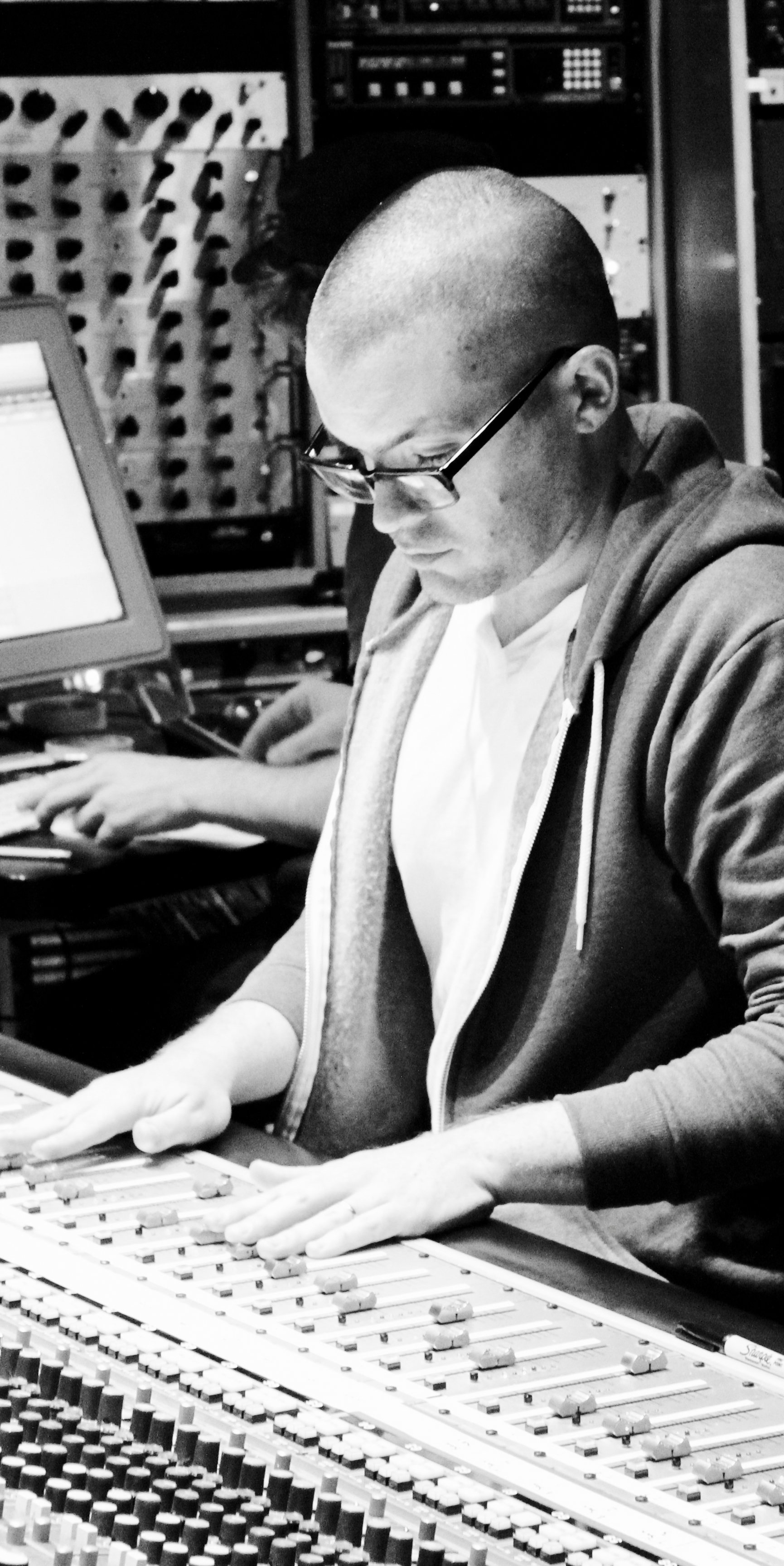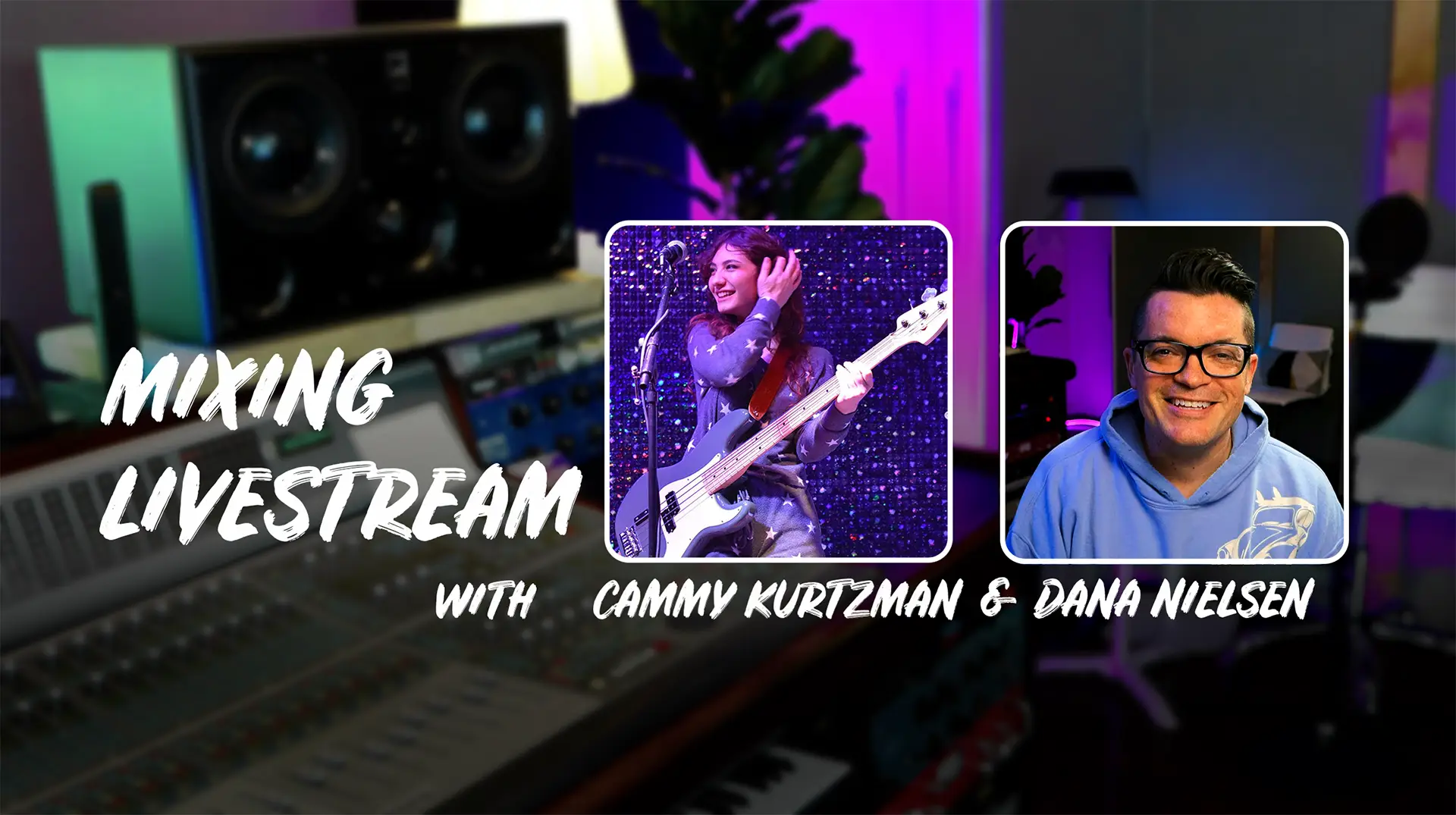Forum Replies Created
-
oh, and the glockenspiel is real! Charissa played that. 🙌
-
Dana Nielsen
Administratorat 11:57 pm in reply to: Please Don’t Break this Heart of Mine – finishing touches?Wow, Sam—what a beast of a mix! 🧠🎧 No wonder you’re feeling some ear fatigue. It’s a long track packed with instruments, and someone’s always soloing—so many elements competing for attention. That makes your job as the mixer super challenging… and I think you’re doing an excellent job given the complexity of the material!
Some highlights:
-
Really nice tones across the board.
-
Great reverb choices on both the lead vocal and the ensemble.
-
The drums have a cool CTI (jazz label) dryness to them—very tasteful.
-
Love the wide stereo image on the brass and wind elements—adds a lot of life.
-
The bass is super clean—very DI. Could be interesting to warm it up with a parallel amp sim (something classic like an Ampeg B-15 might add some vibe).
If this were on my desk, I’d probably be donning a big ol’ 10-gallon producer hat. I’d be muting those quadruple-tracked background vocals that come in right away 😬, tuning and taming the lead vocal a bit more, and simplifying where possible—like choosing moments for brass and winds to shine, and carving out clearer rhythmic pockets in the groove. Just doing anything I could to guide the listener more easily through the song.
Of course, a lot of that veers into producer/arranger territory—and those decisions can be tricky if the artist is attached to the current arrangement. But given what you’re working with, your mix choices are seriously impressive. 👏👏
Hope that all makes sense! Hats off to you, Sam—great work on a very tough mix!
-
-
Hey Bar! 👋 Here are some thoughts while listening to your amazing new song…
Your track kicks in immediately—which is cool, but I actually restarted the playback a few times thinking I missed something! Might be worth experimenting with a short intro or ambient lead-in to help set the stage before the verse begins.
The tones are gorgeous. Guitars, vocals, that synth pad—so lush and satisfying. LOVE the guitar solo moment—it really rips through in the best way after all the softness. Super effective and exciting.
The bass playing is 🔥—those sustained notes are sitting nicely, but I think you could sneak up the volume just a touch on those tasty little fills. Would love to hear those poke through more!
That minor-iv chord on “rays of relief”… YES. So tasty.
One idea to explore: some reverb “throws” on key words—like “meeee” at 2:53 and maybe a few other lyrical moments that could use that extra emotional bloom.
At 3:12 I think I caught a little edit—could be smoothed slightly?
Also, the ending leaves me curious. The bass cuts out right before “get me out of here,” and I wonder what it might feel like if the bass lingered under that last vocal. Or maybe give “HERE” a big reverb throw to leave a haunting echo. Or play with some background noise—tape hiss, a distant loop, something subtle that extends the moment before fading out. Just riffing here!
As always, your work is beautiful and captivating right from the jump. So well done! 👏👏👏
-
Dana Nielsen
Administratorat 5:42 pm in reply to: Please Don’t Break this Heart of Mine – finishing touches?Sick! Can’t wait to give this a listen when back in the studio this weekend! (I owe @barrose a listen too 😬 – gonna get caught up after an insane week). Back soon…
-
So good, @phoebekatis! Such a fun track – and mix! Follow your ears and gut on the top end 👍. I think it’s really close and has a total vibe and is loud and proud and punchy. And could stand on its own as-is. BUT, yeah, if you want it to mix nicely in a playlist of top 40 pop, def try some top-end “lift”. Try a quick test for your car with a simple Pultec EQP-1A set with a wide-bandwidth boost at 10-12k. Or a MAAG/NTI EQ – 1-click of 2.5k and a generous dose of “Air” band.
To @-PT‘s point, you could also add some top-end air to the vocal first, and then add more top-end to the overall mix to taste, as currently, if feels like the track might have more top-end than the vocal. Try some Pultec 10k, or even the “Dolby” send I talk about in many of the MixLAB videos. You can also see me showing it in this video around 46min.
Great work, great music, @phoebekatis!
mixprotege.com
Mixing Indie Folk Vocals (feat Cammy Kurtzman)
In this livestream, Dana Nielsen shares his go-to methods for mixing vocals with indie-folk artist, Cammy Kurtzman.
-
Hey Bar! Lookin fwd to listening when back in the studio this week!
-
Thanks David! Fingers crossed 🤞 🙏🥰
-
Really great work, Bar, and always fun hearing what you’re cookin’ up! Thanks for sharing!
-
Dana Nielsen
Administratorat 12:58 am in reply to: Please Don’t Break this Heart of Mine – finishing touches?Right on, man – keep up the good work!
-
-
Amazing! Can’t wait to hear it when it’s done!
-
My pleasure, Paul- glad you dug! Great seeing you on the MixLAB zoom the other day, and I realized only later what I couldn’t put my finger on … you shaved your beard! Lookin snazzy as always!
-
Hahaha – all good points!
Here’s a lil video response I made– inspired by your request, but delivered in a way that could be enjoyed outside of this particular context. I’ll prob dress it up with graphics and pictures to help illustrate things, but for now it will live here, raw, in this thread.
Lemme know what u think about what I say in the vid — curious to hear your thoughts!



Social Media